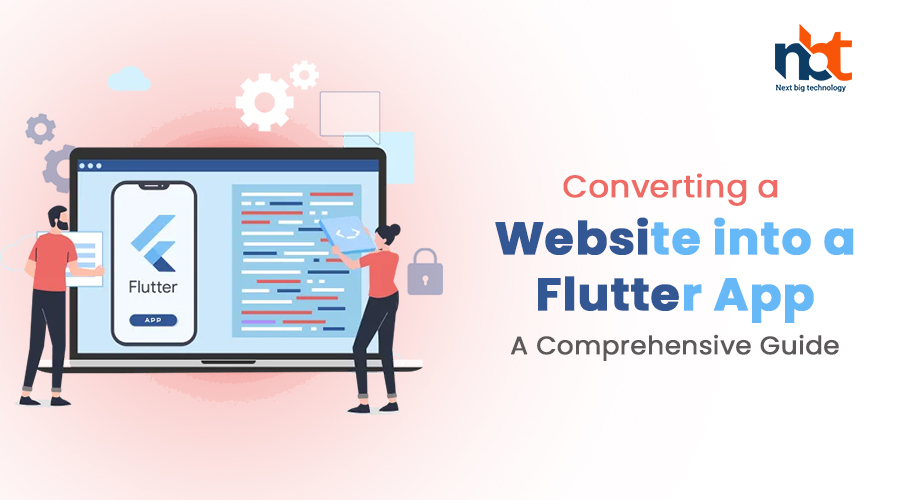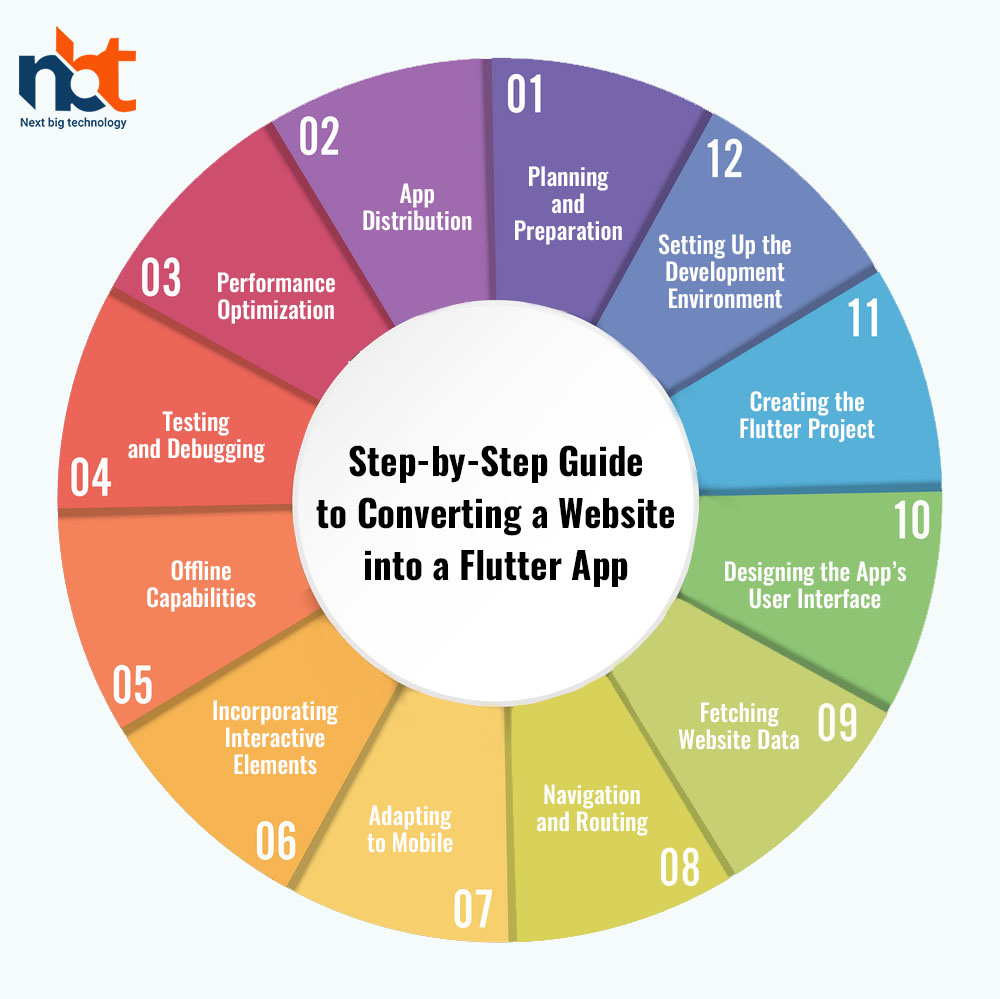The proliferation of mobile devices has led to a surge in demand for seamless and responsive mobile applications. If you have a website and want to extend its reach to mobile users, converting it into a Flutter app can be an efficient solution. Flutter, a UI toolkit developed by Google, enables you to build natively compiled applications for mobile, web, and desktop from a single codebase. This guide will walk you through the step-by-step process of transforming your website into a fully functional Flutter app.
Table of Contents
Why Convert a Website into a Flutter App?
- Enhanced User Experience: A dedicated mobile app offers smoother navigation, faster loading times, and a tailored experience for mobile users.
- Offline Access: Flutter apps can store data locally, allowing users to access content even when they are offline.
- Cross-Platform Compatibility: Flutter apps work seamlessly on both iOS and Android platforms, reducing development effort.
- Native Performance: Flutter’s native compilation ensures high performance, resulting in faster animations and smoother interactions.
Step-by-Step Guide to Converting a Website into a Flutter App:
Planning and Preparation:
- Identify the key features and functionalities of your website that need to be incorporated into the app.
- Analyze your website’s design and layout to adapt it to mobile screens.
Setting Up the Development Environment:
- Install Flutter and Dart on your machine by following the official installation guide.
- Set up an integrated development environment (IDE) like Android Studio or Visual Studio Code for Flutter development.
Creating the Flutter Project:
- Use the Flutter CLI to create a new Flutter project.
- Configure the project structure and initial files.
Designing the App’s User Interface:
- Use Flutter widgets to recreate the website’s design for mobile screens.
- Structure the UI elements using layouts, columns, rows, and containers.
Fetching Website Data:
- Utilize APIs or web scraping techniques to fetch data from your website’s backend.
- Transform the fetched data into a format suitable for displaying in the app.
Navigation and Routing:
- Implement navigation between different sections of your app using Flutter’s navigation mechanisms.
- Set up routes and use named navigation to ensure smooth user flow.
Adapting to Mobile:
- Modify the layout and design to ensure a responsive and user-friendly experience on various screen sizes.
- Optimize images and media for mobile devices.
Incorporating Interactive Elements:
- Integrate touch gestures, buttons, and interactive components to enhance user engagement.
- Implement features like dropdowns, forms, and sliders as necessary.
Offline Capabilities:
- Implement caching mechanisms to enable offline access to previously fetched data.
- Display cached data when the user is offline.
Testing and Debugging:
- Test your app thoroughly on both iOS and Android simulators/emulators.
- Use Flutter’s debugging tools to identify and fix any issues.
Performance Optimization:
- Optimize your Flutter app for performance by minimizing unnecessary renders and improving animations.
- Profile your app to identify bottlenecks and memory leaks.
App Distribution:
- Build your Flutter app for both iOS and Android platforms.
- Distribute the app through respective app stores (Apple App Store, Google Play Store) or other distribution channels.
Conclusion: Expanding Reach with a Flutter App
Converting your website into a Flutter app can significantly broaden your user base and enhance the user experience across various devices. By following the comprehensive steps outlined above, you can successfully create a fully functional Flutter app that mirrors your website’s content and functionalities. Leveraging Flutter’s capabilities, you’ll be able to deliver a native-like experience to your mobile users, all from a single codebase. Embrace the power of Flutter to transform your website into a dynamic and engaging mobile app that caters to a wider audience.











